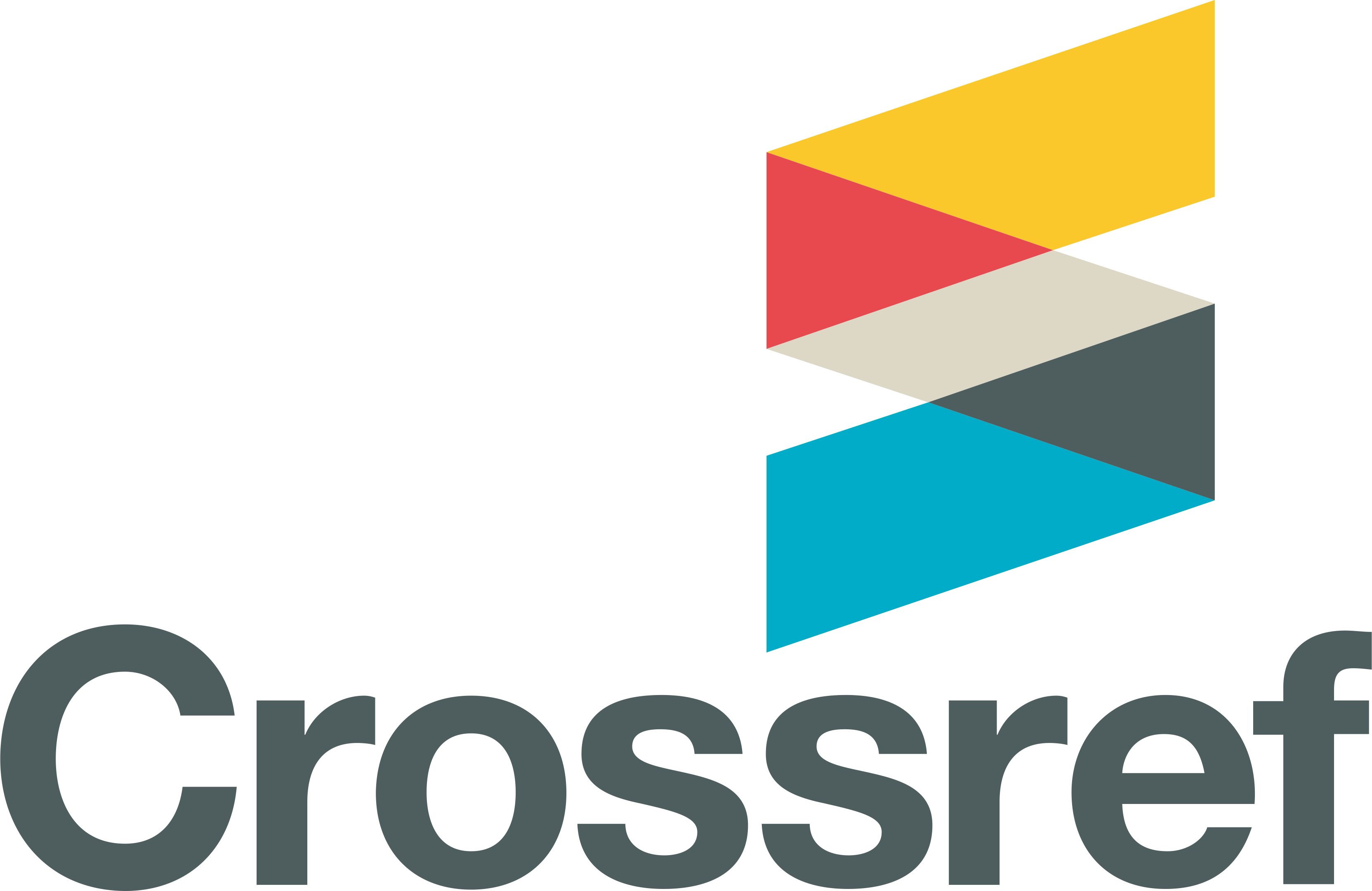Relationship of Floral Community and Soil Properties in Selected Riparian Banks of Lower Agusan River Basin, Philippines
Keywords:
Agusan River, Riparian flora, Soil AnalysisAbstract
Riparian zones are areas of transition between aquatic and upland ecosystems, offering numerous, yet often overlooked, benefits to wildlife and people. This study aims to determine the relationship of riparian flora community and soil quality observed on selected riparian banks of Barangays in Lower Agusan River Basin. Field surveys were conducted in the riparian banks of Barangay Masao, Lumbocan, and Pagatpatan for establishment of quadrants and collection of riparian flora and soil samples. A total of 301 combined trees, shrubs and grasses were accounted belonging to 25 species and 17 families including one endemic species (Artocarpus blancoi). The riparian banks of Barangay Pagatpatan had the highest species abundance and Shannon diversity index. The overall diversity and dominance index is low. Bray-Curtis Similarity matrix revealed that Barangays Lumbocan and Masao were more similar to each other in terms of species composition. Soil analysis revealed a slightly basic soil pH in Barangay Lumbocan. The average (%) organic matter in Barangay Masao is higher compared to the other sampling sites. Phosphorus (P) and Potassium (K) contents were highest in Barangay Masao. The result also showed that the lower Agusan River was largely a mixture of very fine silt to very course sand. Most of the tree species and including the vulnerable species, Artocarpus blancoi are highly associated to pH and very fine silt. Pearson correlation coefficient revealed that the floral community along the river banks of lower Agusan river has a significant positive correlation to potassium and phosphorus. The study highlights the importance of preserving the soil quality and riparian vegetation along the banks in order to protect this important buffer ecosystem.
Downloads
Published
How to Cite
Issue
Section
License
Copyright (c) 2020 Florence Jhun Almadin, Brian Rey Abing, Brent John Arbas, Ernie Culob, Maria Luisa Dichos, Rey Padios Jr., Chennie Solania

This work is licensed under a Creative Commons Attribution-NonCommercial 4.0 International License.




